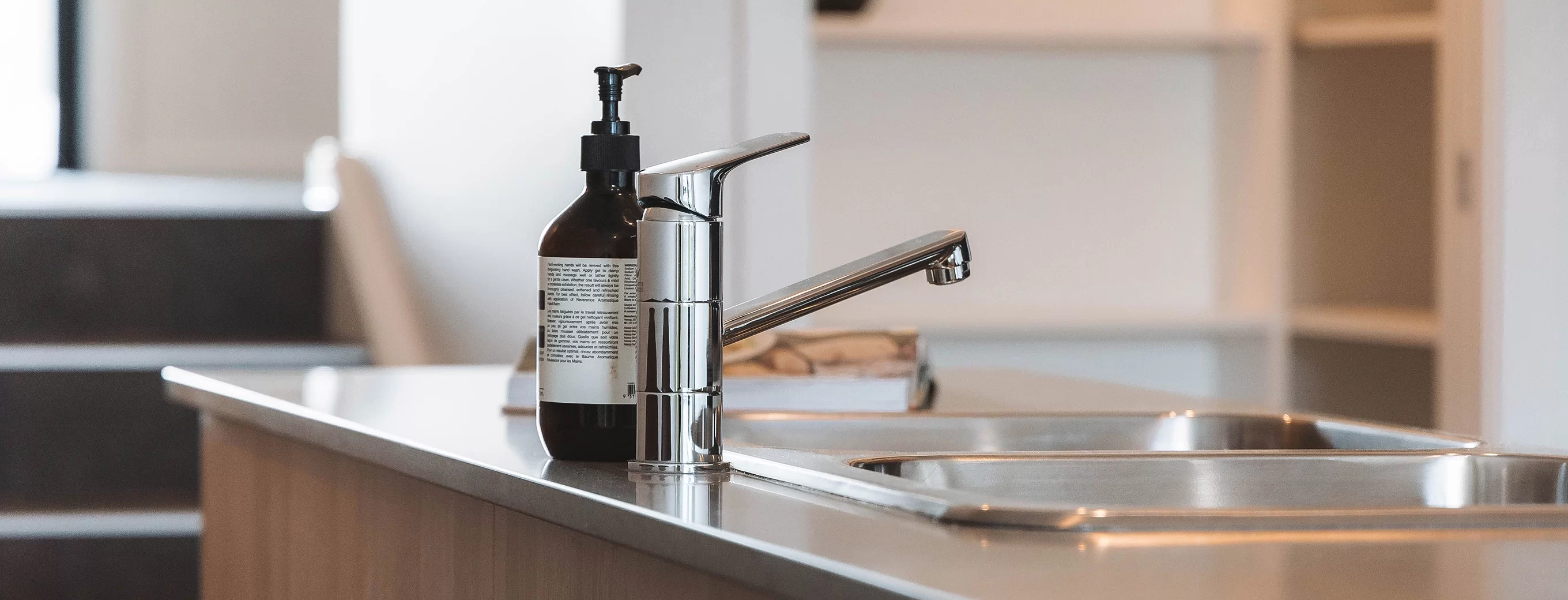The Two Depreciation Methods Explained
The Australian Taxation Office (ATO) continues to provide two primary methods for depreciation: the diminishing value method and the prime cost method. Each offers unique advantages depending on your investment strategy and goals.
Both the diminishing value and prime cost methods allow investors to claim the total depreciation value of eligible assets over time. However, they use different formulas, leading to varying cash flow outcomes.
Diminishing Value Method
This method calculates deductions as a percentage of the remaining balance of the asset’s cost. It allows investors to claim larger deductions in the early years of an asset’s effective life, which can provide significant short-term cash flow benefits.
Prime Cost Method
Under this method, deductions are calculated as a fixed percentage of the asset’s original cost. It provides a consistent depreciation amount each year, which may be preferable for those seeking stable, long-term returns.
Which Method Suits Your Strategy?
The choice of depreciation method should align with your investment goals:
- If your strategy focuses on higher initial cash flow, the diminishing value method may be the better choice.
- If you prefer steady, predictable deductions over time, the prime cost method might suit you more.
No matter your approach, accurate projections are key. A qualified professional can prepare a Capital Allowance and Tax Depreciation Schedule to compare both options, helping you make an informed decision.
Legislative Considerations in 2025
Investors must be aware of the continuing legislative restrictions introduced in 2017:
- For residential investment properties purchased after 7:30 PM on 9 May 2017, depreciation on second-hand plant and equipment assets is no longer allowed.
- This restriction does not apply to brand new properties or new eligible purchases, which remain fully claimable under current rules.
These regulations are still in effect in 2025. Therefore, it is essential to review your property’s eligibility and seek guidance from a tax professional to ensure compliance and optimisation of your claims.
Choosing the right depreciation method can make a significant difference in your investment’s cash flow and tax position. Stay informed about ATO regulations, assess your long-term goals, and consult an expert to maximise the benefits of property depreciation in 2025 and beyond.
Do you have more questions about property investment? Get in touch with our team.

Wayne Harriden
Director - Residential



